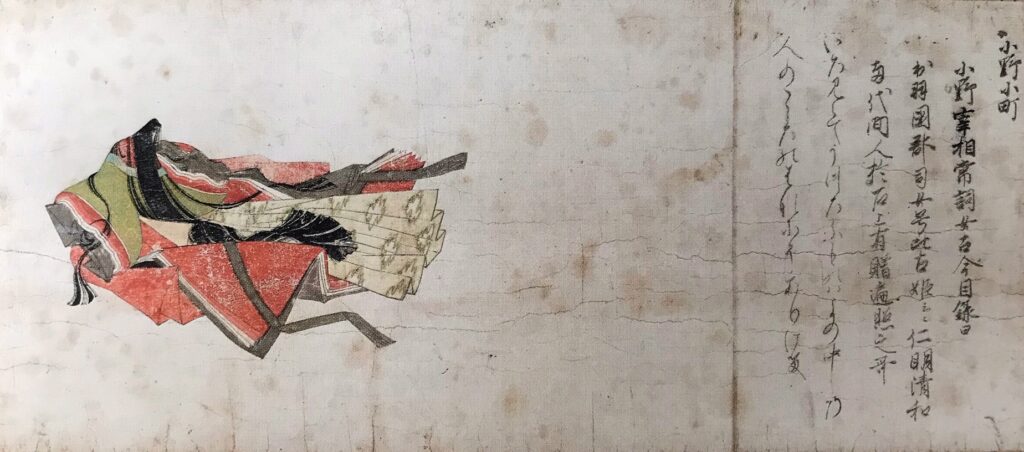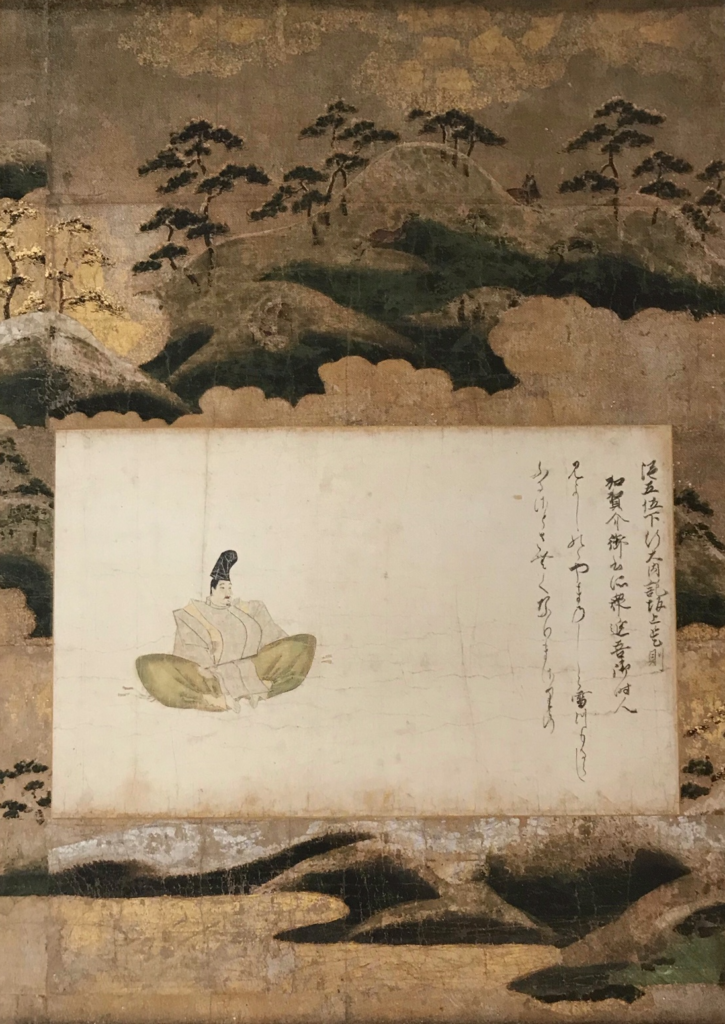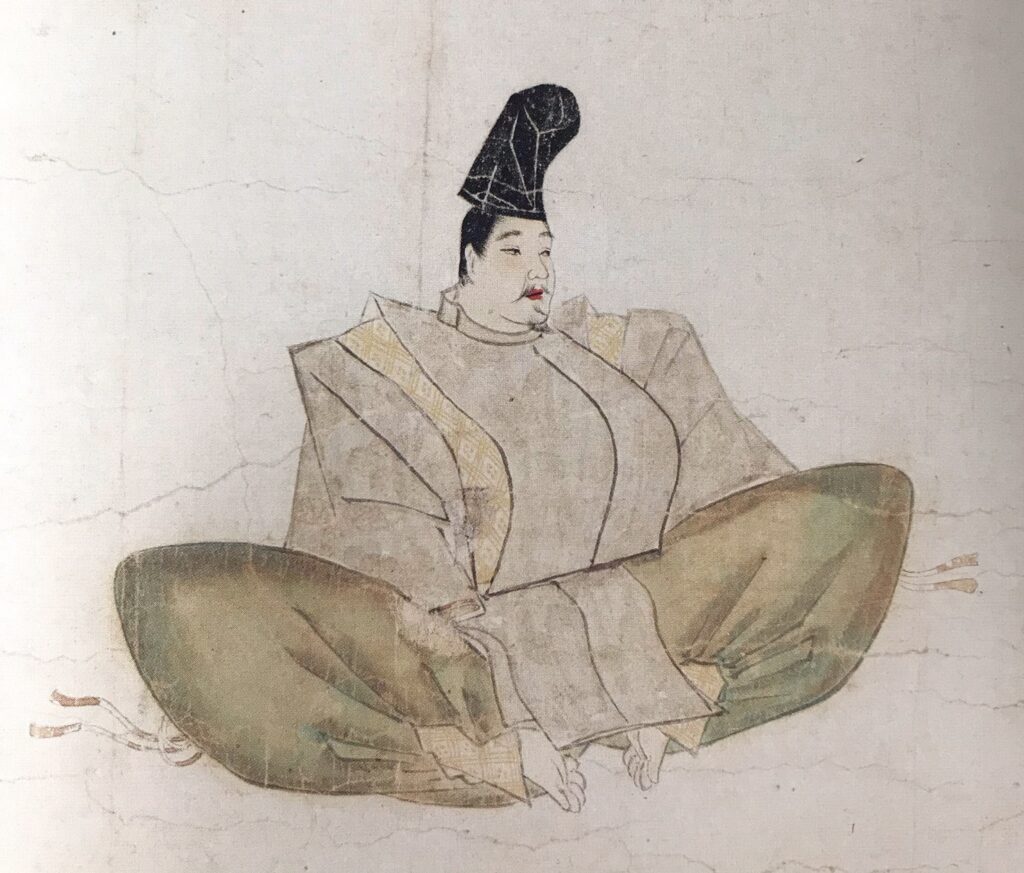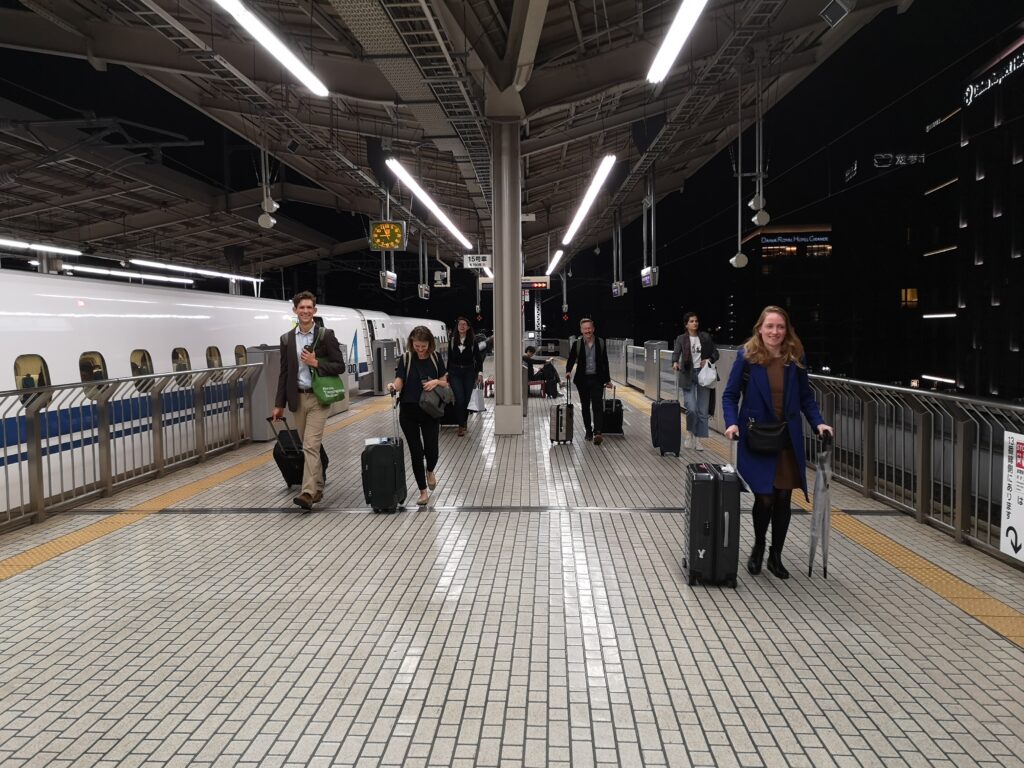On our last day in Kyoto we spent the morning at Rokuharamitsuji and the Rengeōin (despite the scaffolding) before visiting a special exhibition on the Thirty-Six Immortal Poets at the Kyoto National Museum. In the afternoon, the group split to see sites of individual interest: Kinkakuji, the newly reopened Kobe City Museum, and Fushimi Inari.

Following on the heels of a dynamic seminar on ivory carving (led by Sarah Guérin) the evening before, we were well primed to discuss the sculptural assemblages at the morning temples. Beginning at Rokuharamitsuji, we spent nearly an hour enraptured by the famous statue of Kūya, discussing not only its famous figuration of iconic language, but also the fine details of the carving, the state of preservation, and its relationship to the other sculptures in the single-gallery Treasure Hall.

In contrast to the intimacy of Rokuharamitsuji, the subsequent Sanjūsangendō presented an overwhelming array of sculptures: one thousand “identical” iterations of the Bodhisattva Kannon standing ten rows deep with 500 each flanking the monumental Kannon icon at the center of the long hall. Joining the 1001 Kannon, were twenty-eight attendant deities standing in the first row (along with the Wind and Thunder Gods). A special autumn viewing platform allowed us to gain a new, but ahistorical, perspective on the so-called “sea of Buddha” (as the contemporary artist Sugimoto Hiroshi terms the site in his reframing of the altar as installation).

The morning ended with a visit to see the Satake version of the Thirty-Six Immortal Poets, a two volume set of early thirteenth-century (imaginary) portrait scrolls that were cut apart and sold in 1919. Reunited for the first time in a century, the scrolls were beautifully installed, with each given his or her own pseudo-tokonoma. The group was especially well prepared to view this exhibition, since most had by then acquired monoscopic lenses (gyararī sukōpu), which allowed for close inspection of the detailed lines of the physiognomy. These two temples and one exhibition served as excellent final sites of analysis, since they engaged the primary themes of our week-long seminar discussions: the relationship of physiognomy to mimesis, sculpture to body, calligraphy to pictorial line, and figure to ground.



